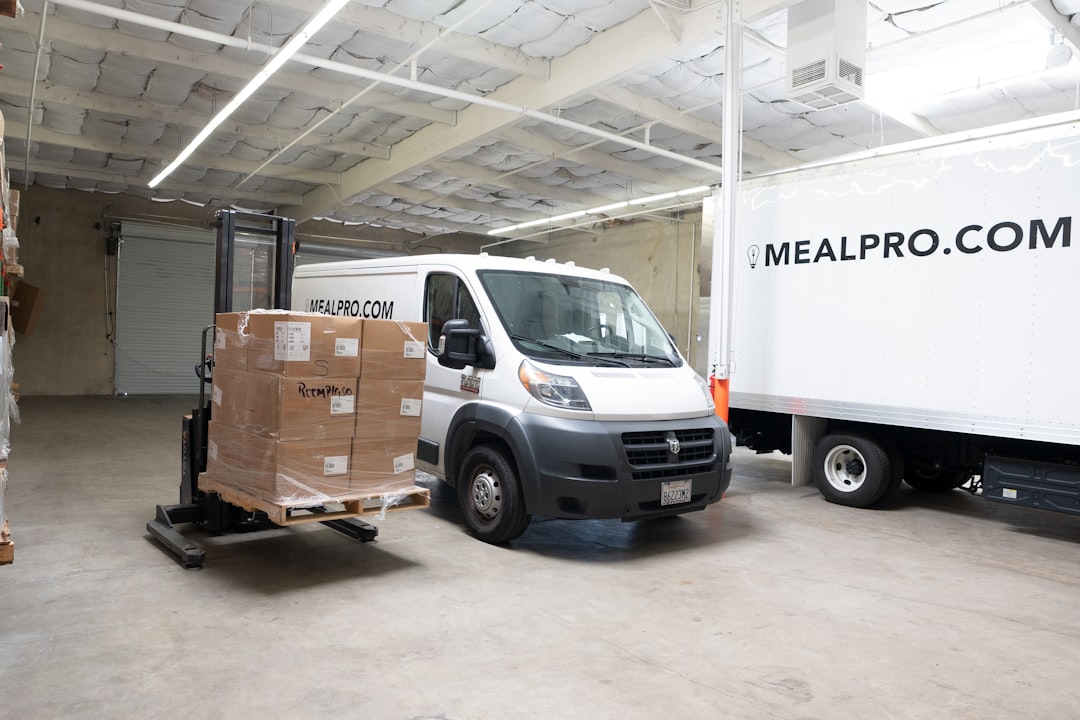If you’re selling on Amazon as a 1P (first-party) seller through Vendor Central, you know how powerful the platform can be. But it’s also full of hidden traps. One wrong move, and you could lose money, time, or even your listing. Don’t panic! Let’s break it down and cover some easy ways to avoid mistakes that cost you.
Understand the Basics First
Vendor Central is different from Seller Central. As a 1P seller, you’re selling your products to Amazon, and they resell them. It sounds simple… until it’s not.
Here are a few key things to remember:
- Amazon sets the price.
- They create purchase orders (POs).
- You handle logistics, compliance, and chargebacks.
With this much going on, costly errors can sneak in fast. Let’s look at how to sidestep them.
1. Watch Out for Chargebacks
Chargebacks are Amazon’s way of “fining” vendors for not following the rules. They hurt. And they add up fast.
Common reasons include:
- Late shipments
- Inaccurate labeling
- Improper packaging
The trick is to stay one step ahead. Always follow Amazon’s packaging and shipping instructions to the letter.

2. Set Up Your Catalog Right the First Time
Product setup errors can mess with your listings and reduce your sales. It’s tempting to rush the process—but take your time.
Make sure to:
- Use clean and accurate product titles.
- Fill in all the required data fields.
- Submit high-quality images.
Incorrect product dimensions or UPCs can lead to PO rejections. Or worse—they’ll label your item as “unsellable.”
3. Keep a Close Eye on Purchase Orders
Amazon sends out Purchase Orders based on demand and forecasts. They expect vendors to fulfill these POs exactly. Not more. Not less.
If you short-ship or over-ship, it causes issues like:
- Units being returned
- Chargebacks
- Disruption in vendor ratings
Confirm the PO as soon as you receive it. Double-check every detail. And don’t forget about lead times!
4. Don’t Ignore Profitability
Amazon negotiates prices. And yes, they’re good at it. But make sure you’re still turning a profit after all their terms, fees, and shipping costs.
Use tools or spreadsheets to help calculate your bottom line. Even better—review your contracts every 6–12 months.

5. Use A+ Content Wisely
Don’t just rely on Amazon’s default product page. Take advantage of A+ Content to help boost your conversion rate.
With A+ Content, you can:
- Add more images and comparison charts
- Tell your brand story
- Highlight features and benefits
Think of it like window dressing in a store. Make your product shine!
6. Stay In the Loop
Vendor Central is full of updates, changes, and alerts. Log in regularly to stay informed.
You should:
- Read bulletins on the dashboard
- Track key metrics like scorecards and fill rate
- Monitor chargebacks and disputes
The more you know, the faster you can react and correct things before they become bigger issues.
7. Dispute Wisely
If you get a chargeback or a shortage claim, you don’t always have to accept it. You can dispute it!
Gather proper documents:
- Proof of delivery
- Shipping labels
- Warehouse records
Submit them using the chargeback dispute tool in Vendor Central. Keep it professional and factual.
8. Partner With Someone Who Knows the Game
Vendor Central is no place to go alone if you’re unsure. Consider hiring experts or agencies who specialize in 1P management.
They can help with:
- Catalog optimization
- Chargeback recovery
- Negotiations and profitability
Sometimes investing in help saves you way more in the long run.
The Bottom Line
Vendor Central is a beast—but it’s manageable. Most costly errors happen because sellers move too fast or skip details. Don’t let small mistakes drain your profits.
Take your time. Get organized. Stay alert.
And most importantly: Treat Amazon like a business partner, not just a customer.
Start doing these things today, and you’ll be well on your way to mastering Vendor Central with fewer headaches and more profits!


